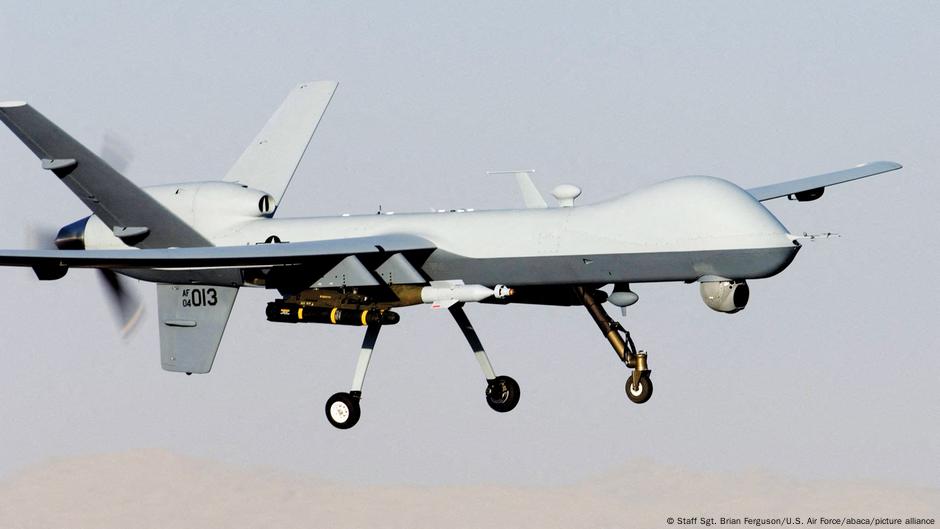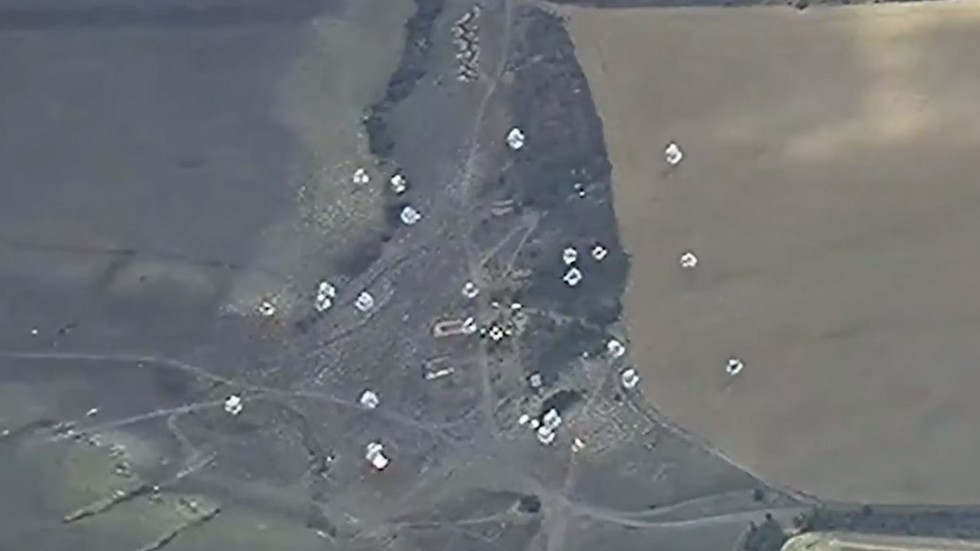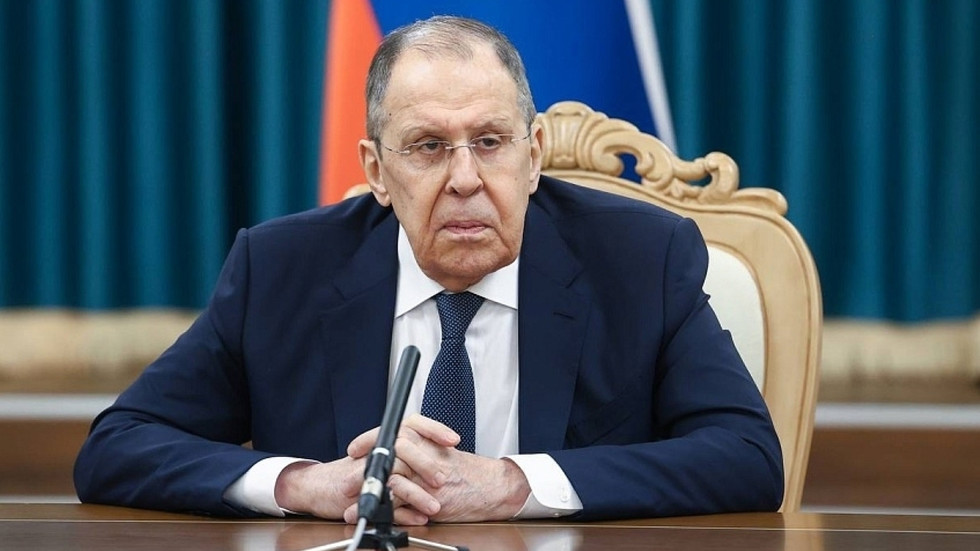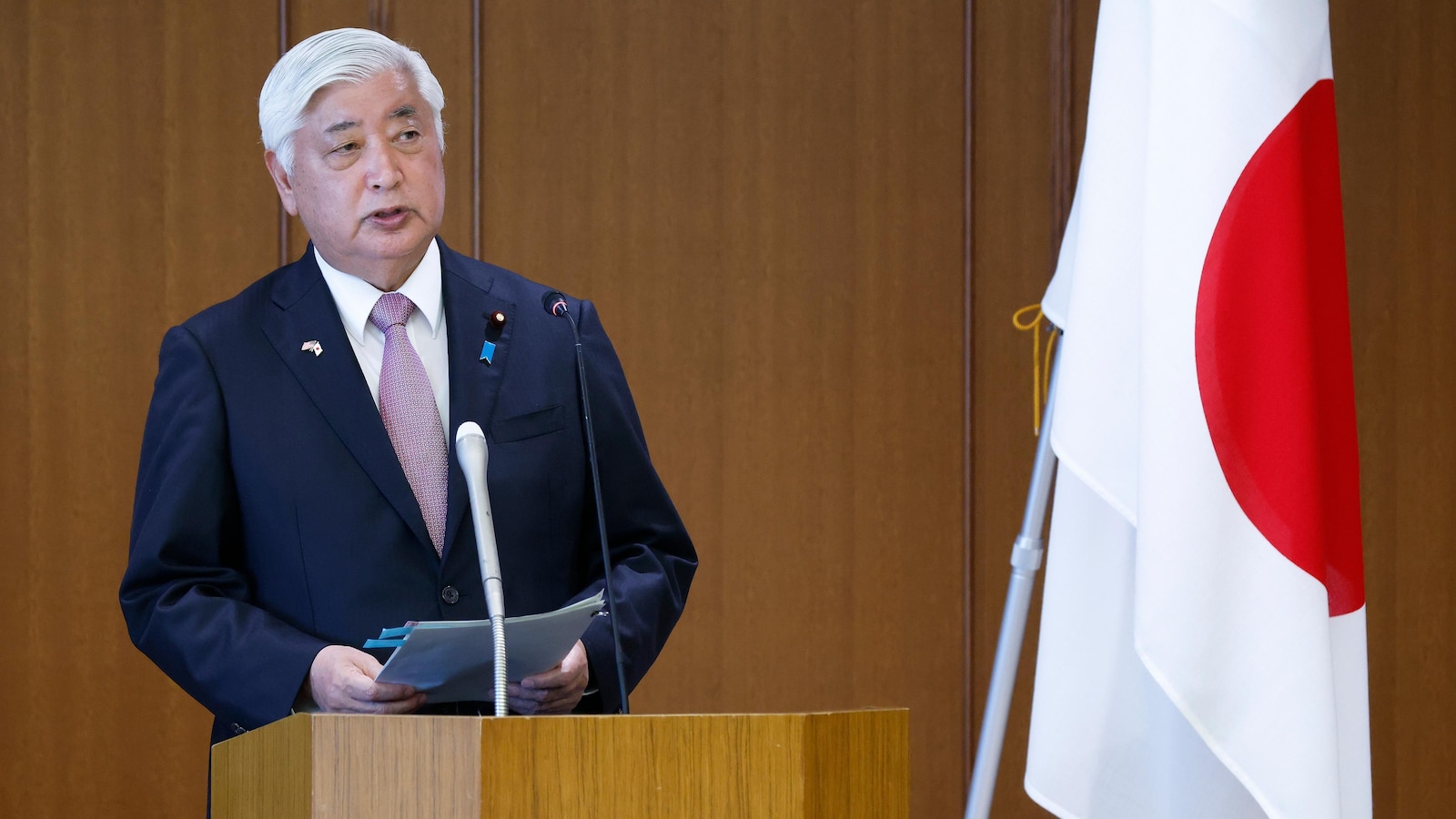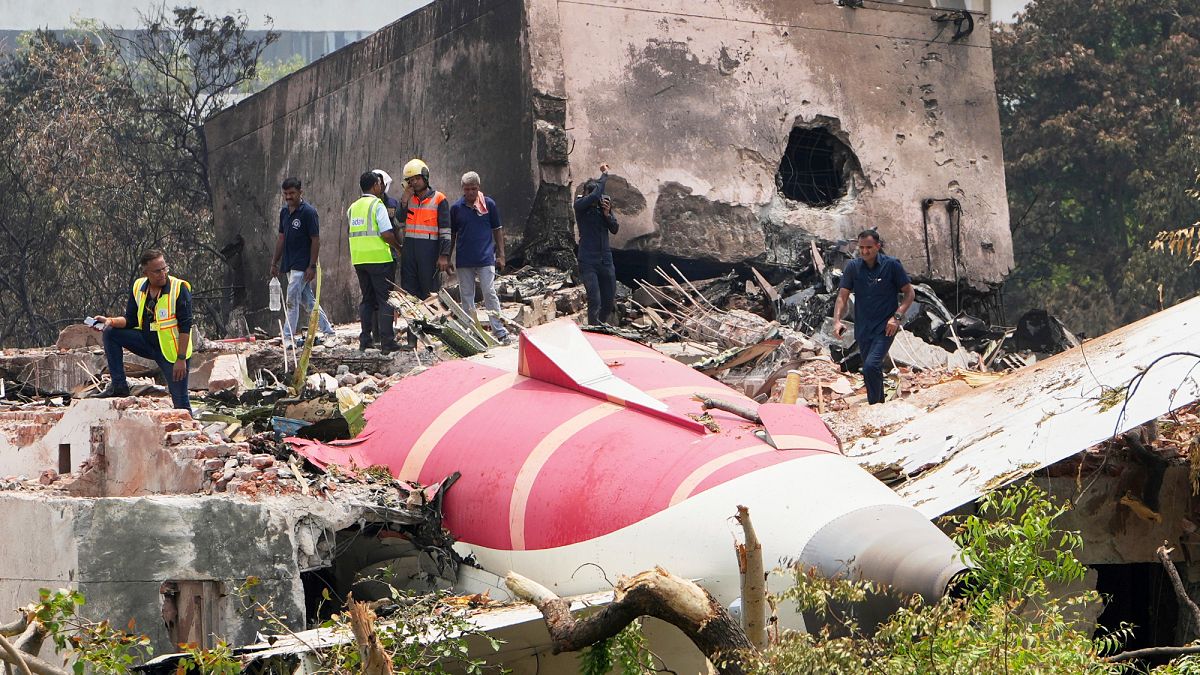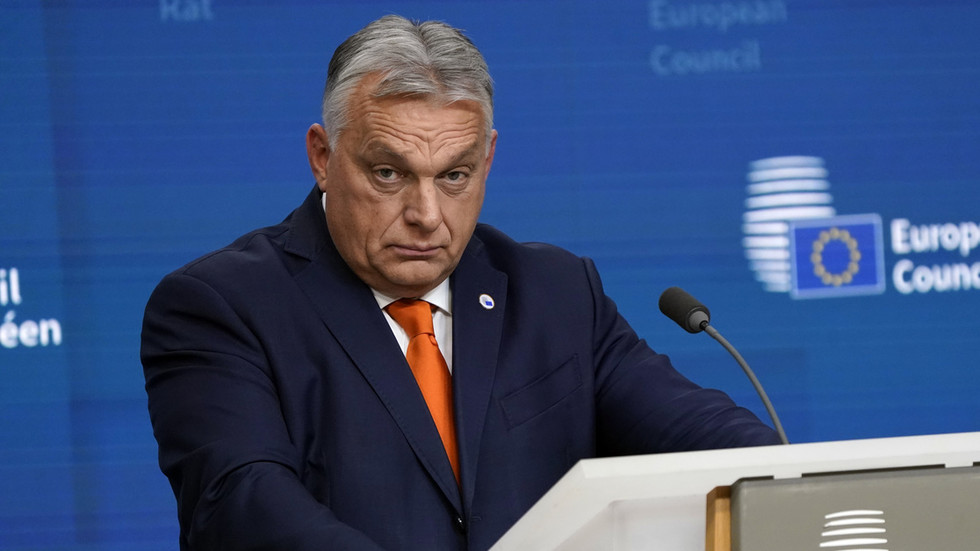The rescheduled women's Africa Cup of Nations (WAFCON) is underway in Morocco, a year later than planned. The tournament sees some of the best players in the world fighting for glory, but as players and nations emerge, familiar problems linger that threaten to stop the tournament from reaching its full potential.
While not a traditional powerhouse, Morocco is becoming the emerging epicenter of women's football on the continent. Thanks to no competing bids and some of the best stadiums in Africa, Morocco have become a stable and safe choice for the Confederation of African Football (CAF) to host the tournament. They are hosting again this time around, after having hosted in 2022. They are also set to host in 2026.
Recent investment in the women's game in Morocco is clearly paying off. The women's team unexpectedly reached the World Cup knockout stages in 2023 and have developed star players such as captain and legend Ghizlane Chebbak, who scored a hat trick against DR Congo in the group stage of this year's WAFCON. Under Jorge Vilda, the former Spain coach who was sacked after the 2023 scandal involving former Spanish Federation President Luis Rubiales, Morocco are daring to challenge the established football forces of Nigeria and South Africa. They also have the potential to deliver lasting cultural change to both northern Africa and the rest of the continent.
Elsewhere at this year's WAFCON, Nigerian superstar Asisat Oshoala, Zambia's striking duo of Barbra Banda and Racheal Kundananji and South Africa head coach Desiree Ellis are just some of the star-studded names that make this tournament one of the most intriguing ever.
 As one of the stars of women's football, Nigeria's Asisat Oshoala deserves to be playing in front of bigger crowdsImage: Justina Aniefiok/Shengolpixs/IMAGO
As one of the stars of women's football, Nigeria's Asisat Oshoala deserves to be playing in front of bigger crowdsImage: Justina Aniefiok/Shengolpixs/IMAGOFamiliar problems in play
And yet, the tournament is held back from reaching its full potential by off-field decisions. As a result of the delay, scheduling for the tournament only came out at the end of May, leaving promotion somewhat last minute, especially compared to the Euros. Furthermore, with three stadiums in Morocco being renovated for the men's tournament, three smaller grounds are now being used, affecting attendance numbers.
"We don't celebrate this team enough," Ellis said of her players ahead of their opening game. "That needs to change because many of them are not full-time professionals; that's what makes it the hardest part."
Beyond the recognition that many of these teams deserve and yet still remains elusive is the question of fair financial compensation. South Africa's tournament build-up has been hampered by financial issues, with reports that players were not training and sponsors hadn't been secured. An agreement with the players has since been reached, but the team's frustration is one that sadly many other nations competing this summer will likely be able to relate to.
"Women in sports, in general, are getting the leftovers," Ellis said.
Women's football on the rise in Africa
Pay gap still wide
The prize money on offer is also a contentious issue.
On the face of it, the CAF announcement that the prize fund for this year's WAFCON had been increased by 45% was positive, with the winners now receiving €853,000 ($1 million). But that total is not only less than the winners of the other two women's competitions this summer – the Euros (€1.75 million) and Copa America Femenina (€1.3 million). It is worth noting that the Euros total prize money is up by 156% from the last edition. As is often the case for most women's tournaments, the pot is considerably smaller than the men's version. While €853,000 for this year's WAFCON winners is obviously a step in the right direction, it is still a long way off the €6 million Senegal's men got for winning the AFCON in 2023.
This pay gap marks a wider issue in the women's game, which many players at this year's WAFCON have to contend with. As FIFA's annual report on women's football in March this year revealed, sustainable income remains elusive for many in the professional game. In the report, FIFA highlighted that the global average annual salary for a woman playing professional football is €9,952 ($10,900). Players at teams given the Tier 1 designation were on an average salary of €20,492 but the average of those at Tier 2 and 3 clubs was €3,719 and €2,392 respectively. While many of the 288 players at this year's WAFCON play their club football in Europe, only a handful play at top outfits. For example, only 10 play in the NWSL (top women's league in the USA) or the WSL (top women's league in England) and most of the South Africa, Botswana and Tanzania squads play domestically.
Despite the smaller crowds, the lack of adequate promotion and unique struggles of each nation, this year's WAFCON already has the makings of being the best yet. But as women's football continues to grow in Africa, the hurdles in the way – both globally and nationally – still hold women in professional football back.
Edited by: Chuck Penfold

 6 hours ago
4
6 hours ago
4

